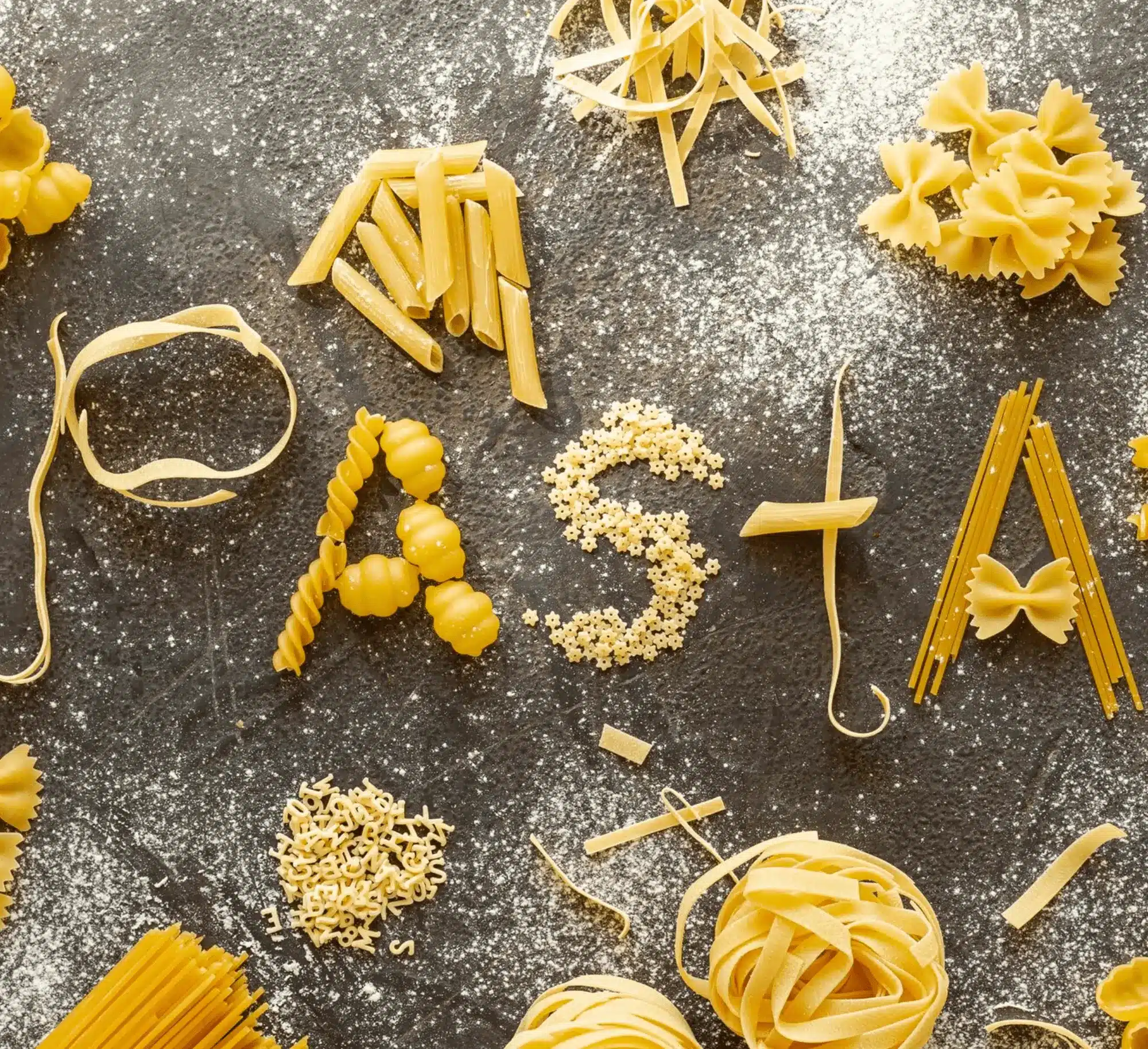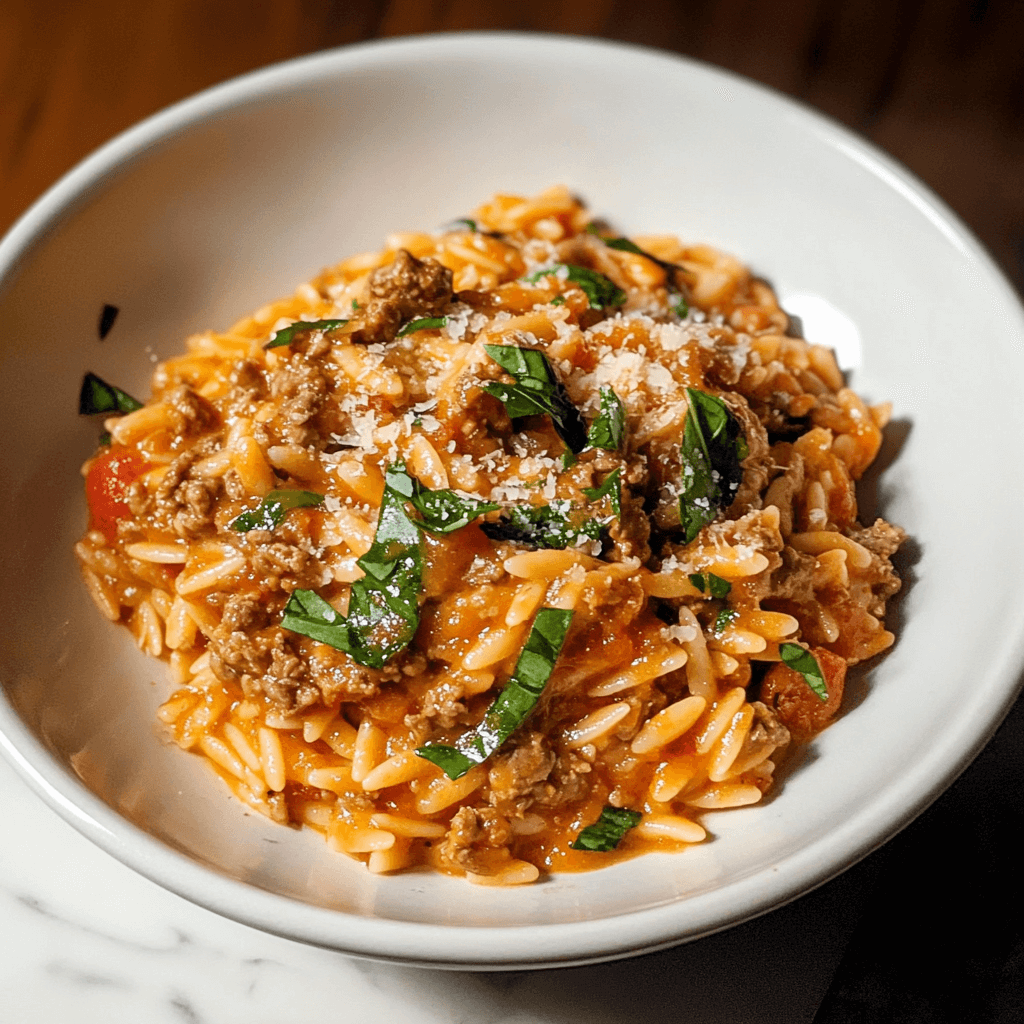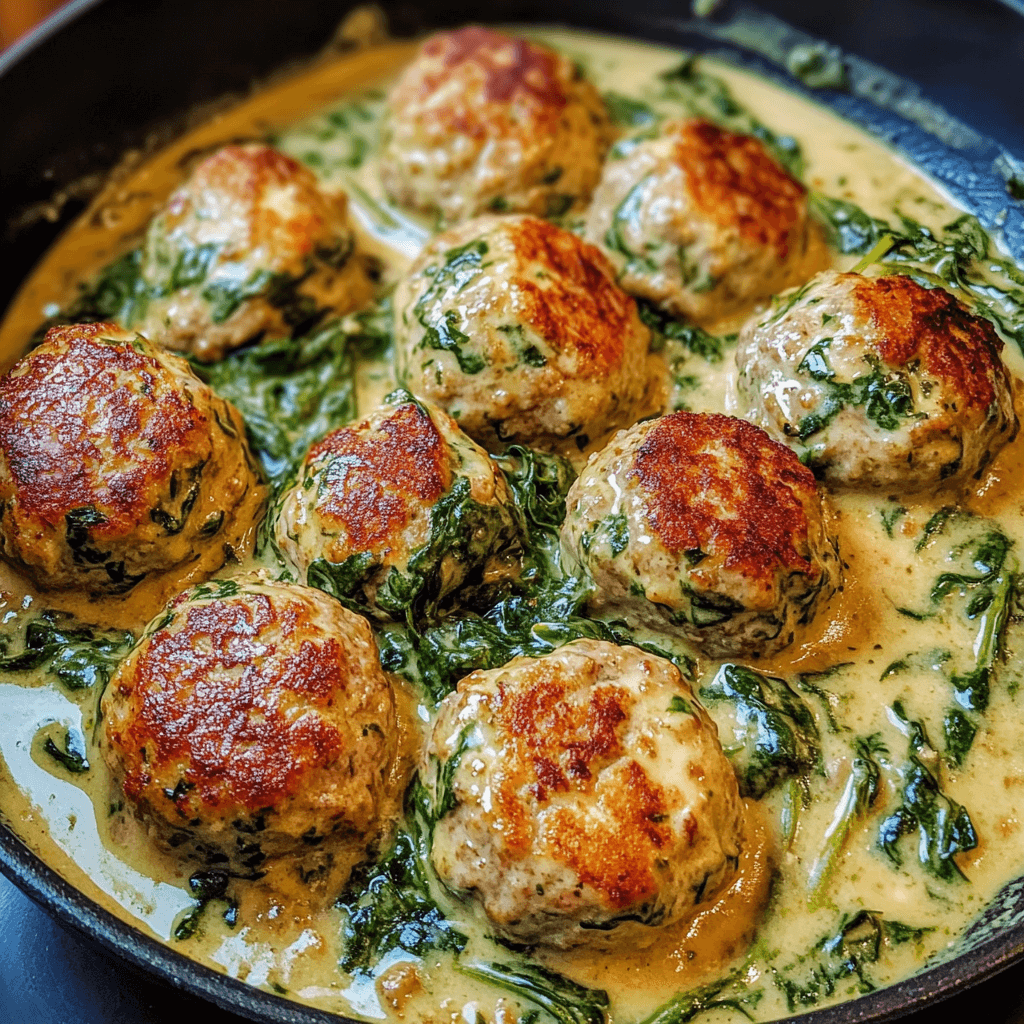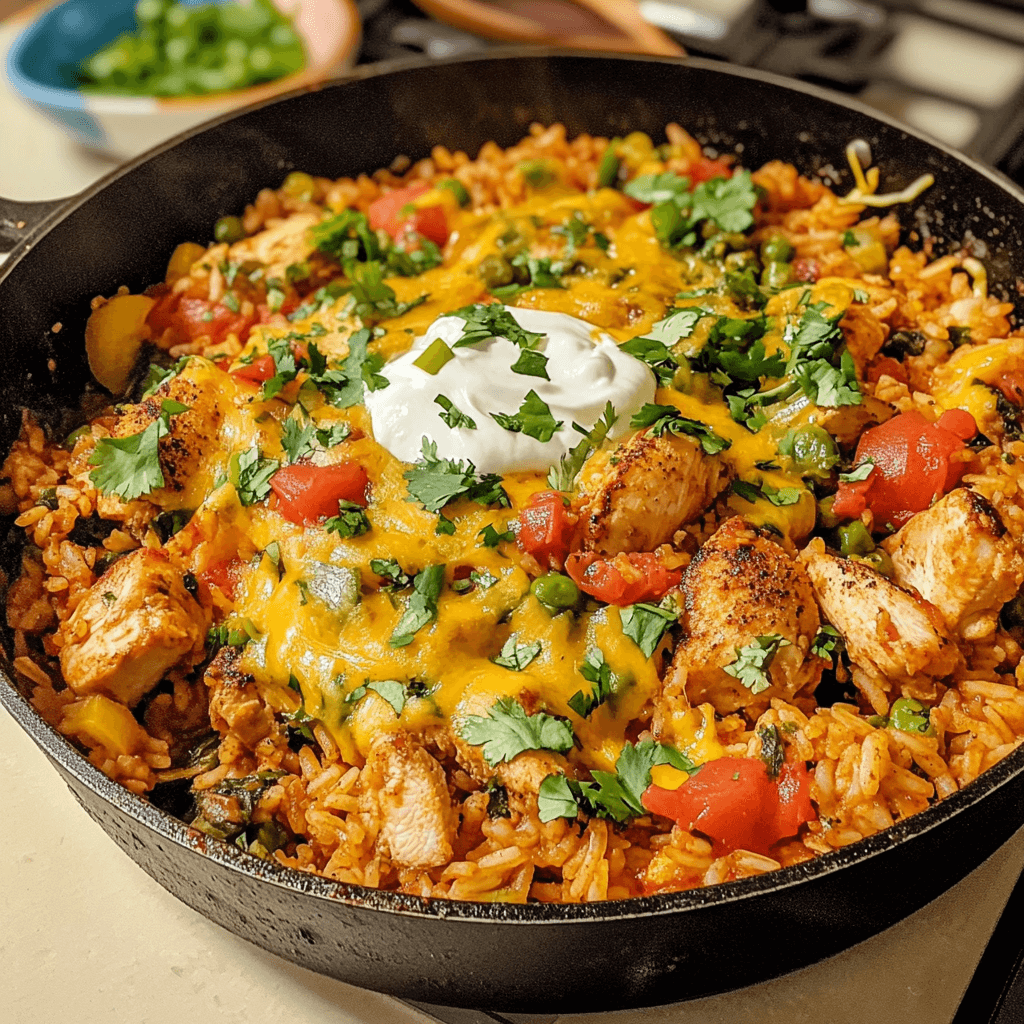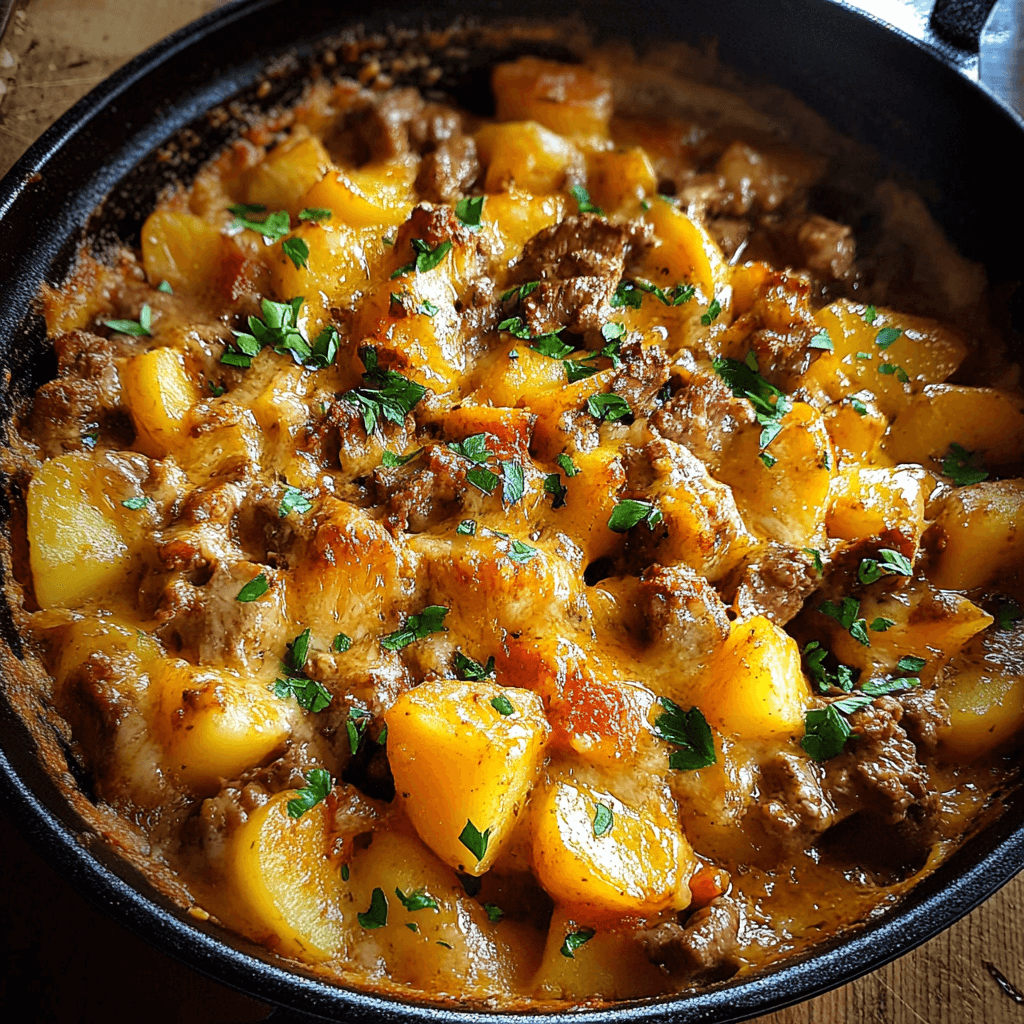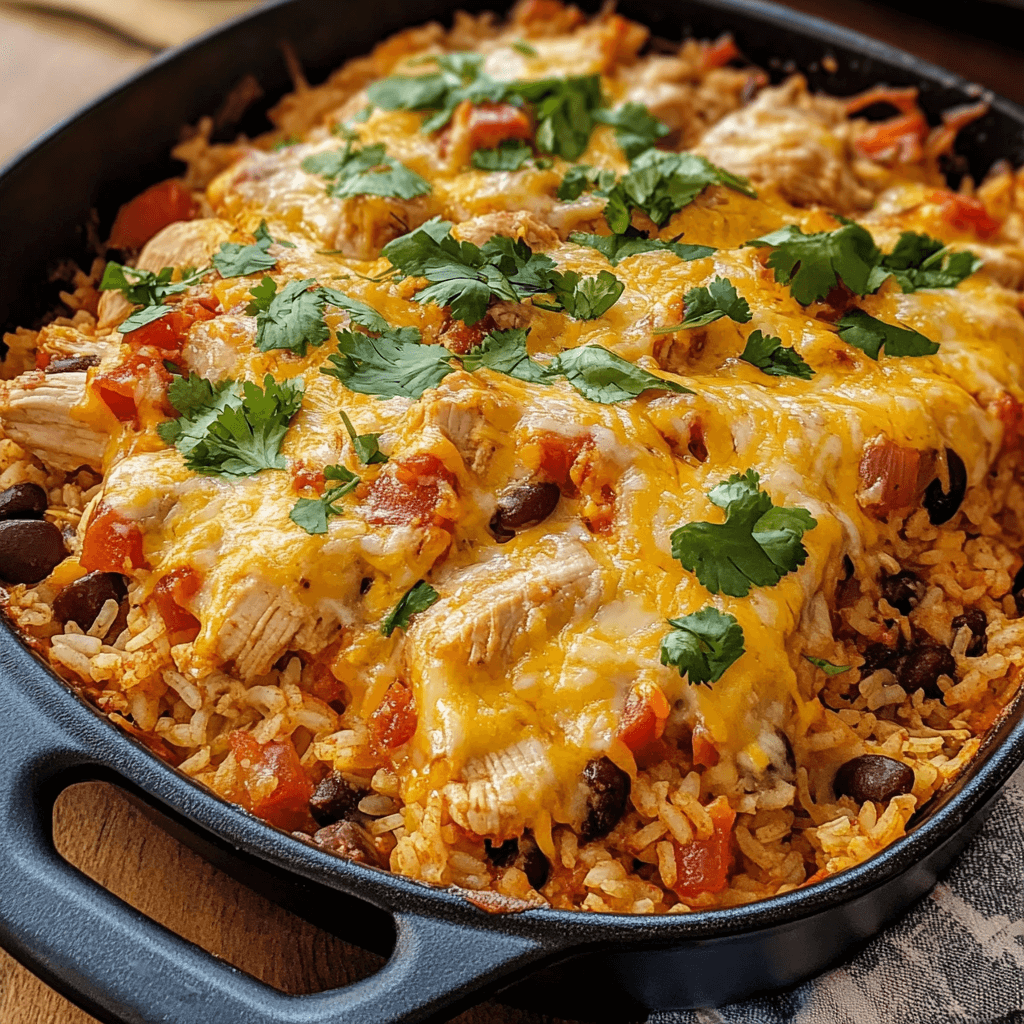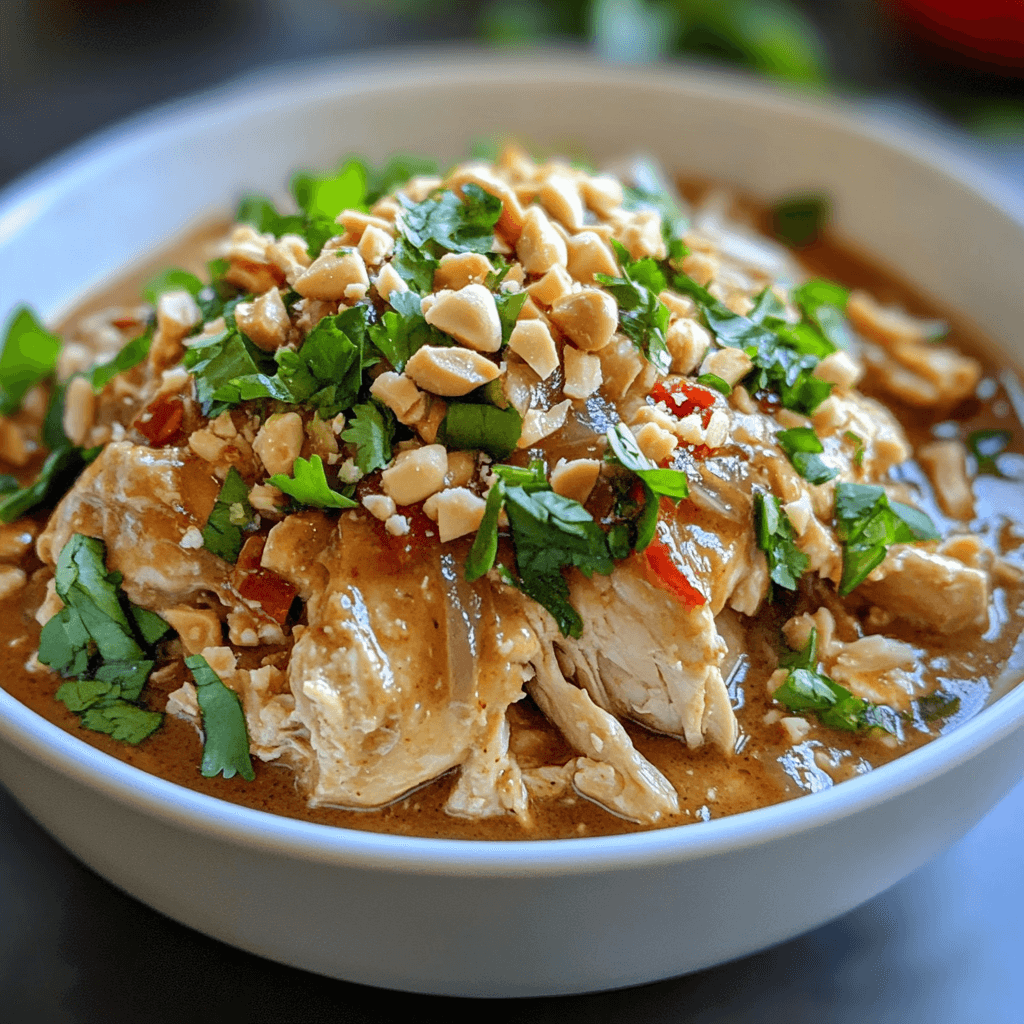Introduction to Pastina
Pastina, a term that warms the heart of every Italian cuisine lover, refers to the tiny, star-shaped pasta that has been a staple in numerous dishes, transcending generations. It’s not merely a type of pasta; it’s a culinary symbol, representing comfort, tradition, and the simplicity of Italian cooking. The delicate texture and mild flavor of pastina make it a versatile ingredient, suitable for various dishes and adaptable to numerous culinary explorations.
What is Pastina Made Out Of?
Pastina is a type of pasta that is made from wheat flour and water, and sometimes, enriched with nutrients like iron and B vitamins. It’s well-known for its tiny shapes and is often used in soups and dishes for children because of its tender texture and small size. Here’s a bit more detail:
Main Ingredients of Pastina:
1. Wheat Flour:
- Durum Wheat Semolina: This is the most common type of flour used in pasta-making. It is milled to a coarser texture than typical all-purpose flour and has a yellowish color.
- All-Purpose Flour: Some pastina might be made with all-purpose flour, especially homemade versions.
2. Water:
- Water is used to form a dough from the flour, creating a pliable mixture that can be shaped into various pasta forms.
3. Eggs (sometimes):
- Some pastina varieties or recipes might include eggs, which add richness and color to the pasta.
4. Salt (sometimes):
- While not always used in the pasta dough itself, salt is often used in the boiling water to season the pasta as it cooks.
Optional Additions:
1. Enriched Nutrients:
- Commercially produced It is often enriched with additional nutrients like folic acid, riboflavin (B2), niacin (B3), and iron to enhance its nutritional value.
2. Vegetable or Squid Ink:
- To create different colors and subtle flavors, It might be made with added vegetable juices (like spinach or beet) or squid ink.
Process of Making Pastina:
- Mixing: The flour (and possibly eggs) is mixed with water to form a dough.
- Kneading: The dough is kneaded until it reaches the desired consistency.
- Shaping: The dough is then shaped into tiny forms, which can range from simple tiny stars to little rounds or other shapes.
- Drying: The shaped pasta is left to dry, which can be done in the air or using specialized machines.
- Packaging: Once dried, It is packaged and ready to be distributed.
The Nutritional Profile of Pastina
Pastina, while being a source of carbohydrates, also offers a range of nutrients that can be beneficial when incorporated into a balanced diet. It provides energy, some essential nutrients, and can be a source of fiber, especially when whole wheat variants are chosen. However, it’s the way It is utilized in dishes, often paired with vegetables, proteins, and healthy fats, that it becomes a part of a nutritionally rich meal.
Cooking Pastina: A Step-by-Step Guide
Cooking Pastina: A Step-by-Step Guide
Ingredients:
- Pastina (any small pasta)
- Water or Broth
- Salt
- Optional: Butter, Cheese, Milk, Vegetables, or Herbs for additional flavor
1: Boil the Water
- Bring a pot of water or broth to a boil. Use about 1.5 to 2 cups of liquid for every 1 cup of Pastina.
- Add a pinch of salt to the boiling water for flavor.
2: Add the Pastina
- Once the water is boiling, add the Pastina to the pot.
- Stir occasionally to prevent the pasta from sticking together or to the bottom of the pot.
3: Cook the Pastina
- Allow the Pastina to cook, maintaining a gentle boil. Follow the package instructions for the cooking time, which is usually around 5-6 minutes.
- Taste the Pastina to ensure it’s cooked to your desired level of doneness.
4: Drain (if necessary)
- Depending on your recipe, you might need to drain excess water using a colander.
- Some recipes might require you to reserve some pasta water for added flavor or to adjust the consistency of your dish.
5: Add Your Favorite Ingredients
- Add butter, cheese, or milk to make the Pastina creamy.
- You can also add cooked vegetables, herbs, or protein to make it a more substantial dish.
- Stir well to combine all the ingredients and ensure the added items are warmed through.
6: Serve
- Serve the Pastina warm as a side dish, main course, or even a comforting soup if you’ve cooked it in broth.
- Optionally, garnish with fresh herbs or grated cheese.
7: Store Leftovers
- Allow any leftovers to cool completely before storing them in an airtight container.
- Refrigerate and consume within 3-4 days for the best quality.
Additional Tips:
- For a sweet version, consider adding a bit of milk, butter, and sugar, then top with a sprinkle of cinnamon.
- For a hearty meal, add cooked vegetables, beans, or cheese to the Pastina.
- It can also be used as a base for soups or casseroles.
Pastina for Different Age Groups
Pastina, with its gentle texture and mild flavor, establishes itself as a versatile ingredient, suitable for all age groups. For toddlers, it often acts as an introduction to solid foods, offering a nutrient-dense option gentle on their developing digestive systems. Adults and seniors alike find solace in a bowl of It, whether through a nostalgic recipe from childhood or a new culinary creation that explores the innovative potentials of this tiny pasta. Pastina transcends age, offering a culinary experience adaptable and enjoyable throughout one’s life.
The Cultural Significance
It occupies a special place in many hearts, particularly within Italian culture, where it often symbolizes comfort, home-cooking, and familial bonds. It stands not merely as a food item but as a symbol of care, often prepared by grandmothers and mothers to soothe ailing family members or to provide warmth on a cold day. Pastina, while rooted in Italian culture, has crossed borders, finding its way into various cuisines, each adapting this tiny pasta into their culinary narratives, creating a global tapestry of recipes and traditions that all share a common ingredient.
Dietary Restrictions
Navigating through dietary restrictions, It offers a versatile option, especially when exploring gluten-free and whole wheat variants. Gluten-free pastina, often crafted from rice flour or corn, provides a suitable alternative for those navigating through celiac disease or gluten sensitivities. Whole wheat pastina offers an enriched nutritional profile, providing additional fiber and nutrients, making it a favorable option for those seeking nutrient-dense foods. Pastina, in its various forms, ensures enjoyment by many, regardless of dietary restrictions or preferences.
Storing and Preserving
Ensuring the longevity of It in your pantry involves a few simple yet crucial steps. Store it in a cool, dry place, away from direct sunlight and moisture, to preserve its quality and prevent spoilage. Utilizing airtight containers can further safeguard It, protecting it from pests and ensuring that it remains fresh until it’s ready to grace your dishes with its delicate texture and comforting familiarity.
Innovative Ways to Include It in Your Diet
Innovation in the culinary world breathes new life into traditional ingredients like It. Consider crafting a pastina salad, where its tiny shapes mingle with fresh vegetables, cheeses, and a light vinaigrette, offering a refreshing and satisfying meal. Alternatively, explore It as a dessert ingredient, combining it with sweetened milk, cinnamon, and a touch of honey, crafting a comforting, sweet treat that is both familiar and novel.
Vegan and Vegetarian Diets
Pastina seamlessly integrates into vegan and vegetarian diets, providing a base that absorbs and complements the flavors of various plant-based ingredients. Imagine a hearty vegan pastina soup, where the pasta mingles with a rich vegetable broth, assorted veggies, and aromatic herbs, creating a comforting and ethical culinary experience. In vegetarian dishes, It pairs beautifully with cheeses, creating a creamy, satisfying meal that honors vegetarian dietary choices.
The Global Availability
Pastina, once a staple primarily within Italian borders, now graces global shelves, allowing chefs and home cooks worldwide to explore its culinary potentials. From the aisles of American grocery stores to the shelves of European markets, It has become globally accessible, enabling the creation of diverse dishes that reflect various cultural influences while maintaining the comforting familiarity that pastina inherently provides.
Pastina in Culinary Arts
Chefs across the globe utilize pastina as a canvas upon which they paint culinary masterpieces. It finds its place in gourmet soups, where it provides a delicate texture amidst rich, flavorful broths and high-quality ingredients. It also appears in upscale desserts, offering a unique texture and a nostalgic nod amidst innovative, gourmet creations, showcasing its versatility and timeless appeal within the culinary arts.
Homemade Pastina: A DIY Guide
Creating your own pastina at home can be a delightful and rewarding culinary adventure. Let’s dive into a step-by-step guide using an active voice:
Ingredients:
- 1 cup of all-purpose flour or semolina flour
- 1 large egg
- A pinch of salt (optional)
1: Prepare the Dough
Start by placing your chosen flour on a clean, dry surface, creating a well in the center. Crack the egg into the well and sprinkle a pinch of salt, if using. Gradually incorporate the flour into the egg, mixing until you form a cohesive dough.
2: Knead Thoroughly
Knead the dough energetically for about 10 minutes, or until it becomes smooth and elastic. If the dough feels too sticky, add a bit more flour; if it’s too dry, add a few drops of water.
3: Let it Rest
Wrap the dough in plastic wrap and let it rest at room temperature for at least 30 minutes. This allows the gluten to relax, making the dough easier to roll out.
4: Roll and Shape the Dough
Unwrap the rested dough and roll it out thinly using a rolling pin. Aim for a thickness of about 1/16 inch. Using a sharp knife or a pastry cutter, cut the dough into tiny shapes, such as squares, stars, or any shape you prefer.
5: Let the Pastina Dry
Spread the shaped pastina on a baking sheet in a single layer, ensuring the pieces do not touch each other. Allow them to dry for several hours or overnight. Ensure they are thoroughly dry to prevent them from sticking together during storage.
6: Cook and Enjoy
Bring a pot of salted water to a boil. Add the homemade pastina and cook for 5-7 minutes, or until they rise to the surface and become tender. Drain and serve with your preferred sauce, in soup, or with a simple mix of butter and cheese.
7: Store Properly
Store any uncooked, dried It in an airtight container in a cool, dry place. They should keep well for several months.
Tips:
- Ensure the pastina is thoroughly dried before storing to prevent mold and sticking.
- Feel free to experiment with different shapes and sizes.
- For a different flavor, consider adding finely chopped herbs or spices to the dough during the mixing stage.
Enjoy crafting your homemade It and incorporating it into your favorite soups and dishes!
People Also Ask
- What kind of pasta is Pastina?
Pastina refers to a variety of small pasta shapes, often used in soups and broths, providing a delicate texture and absorbing the flavors of the dish. It’s a staple in Italian cuisine, often associated with comfort and nostalgia. For more detailed information, you can visit Why Italians. - Is Pastina a traditional Italian dish?
Yes, Pastina is deeply rooted in Italian culinary traditions. It’s not just a type of pasta but also a dish often prepared with broth, cheese, and sometimes egg, especially for children or those feeling under the weather. To explore more about its traditional preparation, check out Impastiamo Classes. - Can I find different shapes of Pastina?
Absolutely, Pastina comes in various shapes like “acini di pepe” (pepper seeds) and “stelline” (little stars). Each shape can be used in a variety of dishes, from soups to desserts, providing a unique texture and aesthetic to meals. For a broader understanding, you might explore Wikipedia.
Feel free to explore these links to dive deeper into the fascinating world of Pastina!
Pastina in Soups and Stews
Pastina elevates soups and stews, providing a delightful texture and absorbing the rich flavors present within these comforting dishes. Whether it’s a classic chicken soup, where It swims amidst tender chunks of chicken, vegetables, and a hearty broth, or a vegetable stew, where it provides a satisfying bite amidst a medley of veggies and spices, It enhances these dishes, providing comfort in every spoonful.
Alternatives to Pastina in Recipes
In instances where pastina is unavailable, similar ingredients like orzo, rice, or small-shaped pasta can be utilized as alternatives. While each provides a slightly different texture and flavor profile, they can mimic the role of It within dishes, ensuring that you can still create satisfying, comforting meals even when It is not readily accessible.
Pastina: Beyond the Italian Cuisine
While pastina holds its roots firmly within Italian cuisine, it has been adopted and adapted by various cultures, each infusing it with their unique culinary signatures. From the American reinterpretations that often involve rich, creamy sauces, to adaptations within Asian cuisines that see It mingling with flavors like soy, ginger, and scallions, It has transcended its Italian origins, becoming a global ingredient that continues to inspire culinary creativity across borders.
Conclusion: The Enduring Popularity of Pastina
Pastina, with its simplistic charm and culinary versatility, continues to be a beloved ingredient in kitchens worldwide. From its humble Italian origins to its global recognition, It has woven its way into the culinary tapestry of numerous cultures, embodying comfort, tradition, and the pure joy of a well-cooked meal. Whether it’s in a hearty soup or a sweet dessert, It proves that the simplest ingredients often hold the most profound culinary potentials.
FAQs of Pastina
- What exactly is pastina?
It is a type of tiny pasta, traditionally used in Italian soups and broths. - How is It made?
It is crafted from wheat flour and water, then shaped into small forms. - Is It suitable for toddlers?
Yes, It is often introduced as a first solid food for toddlers. - Can vegans eat It?
Absolutely, it can be part of vegan dishes when paired with plant-based ingredients. - How does pastina differ from rice?
It offers a distinct pasta-like texture, whereas rice has a grainy consistency. - Where can I buy pastina?
It is available in most grocery stores, especially in the pasta aisle. - Is pastina really Italian?
Absolutely, It originates from Italy and is a staple in traditional Italian cuisine, especially in soups. - Why is pastina so popular?
It enjoys popularity due to its versatility in recipes, ease of cooking, and nostalgic connection for many individuals.

